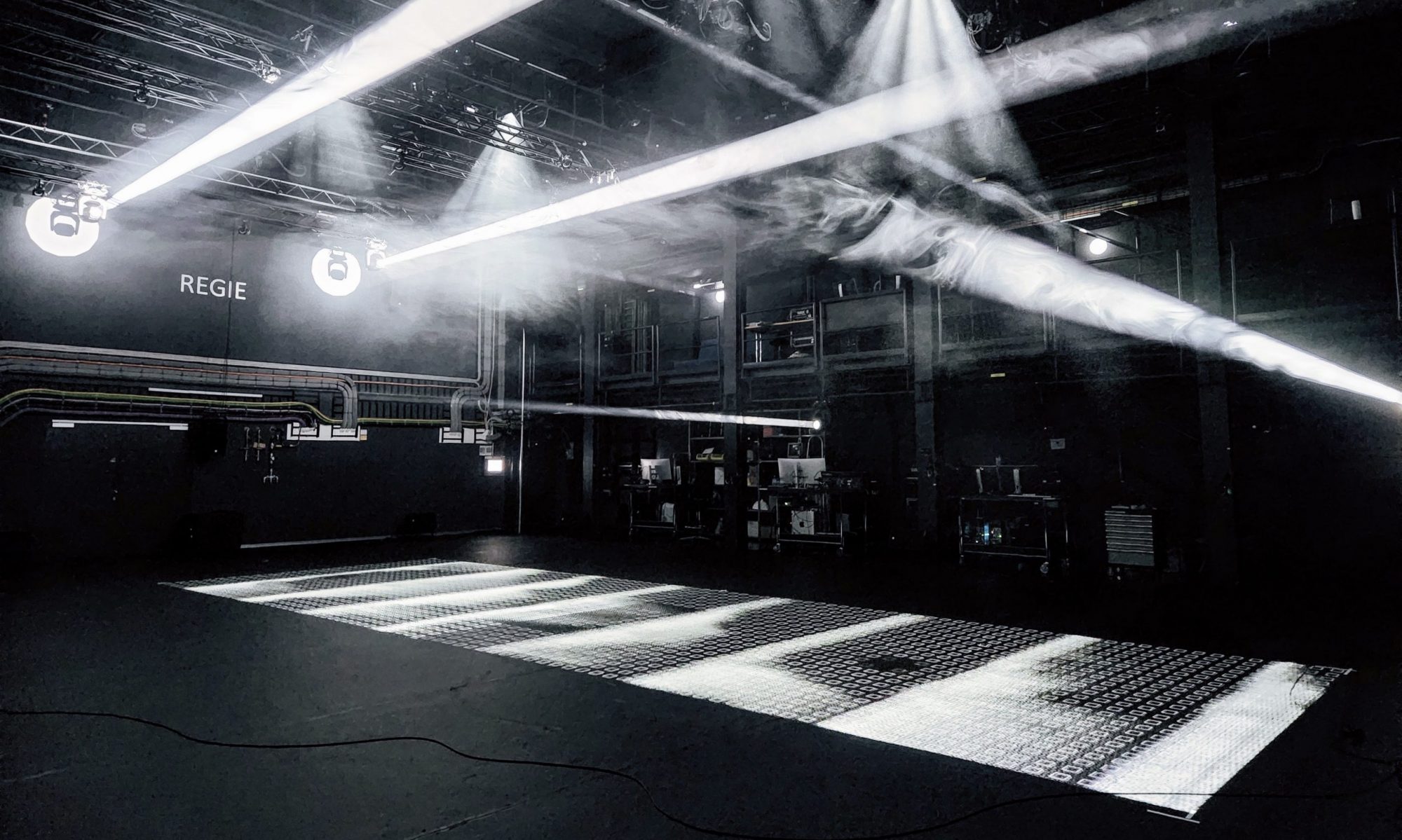More Info about the Shifting Realites project.
Christopher Lloyd Salter
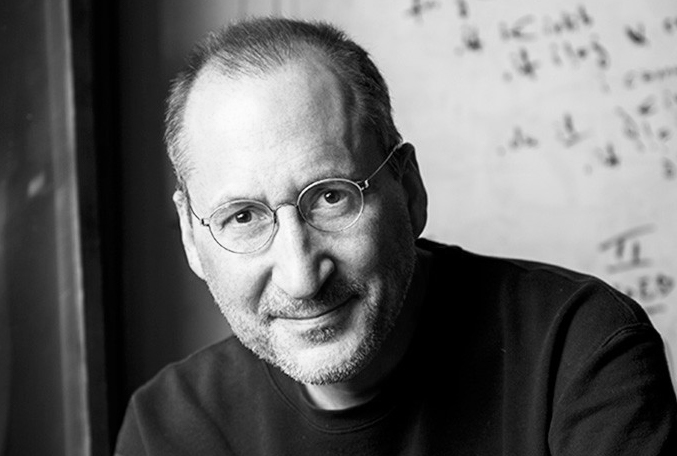
As of July 2022, Christopher Lloyd Salter, until now Professor of Design and Computation Arts at Concordia University in Montreal, will take over the Immersive Arts professorship from Christian Iseli, who will retire at the end of the Spring semester.
Christopher Lloyd Salter, an internationally known artist and the codirector of the Hexagram network for arts, culture, and technology, is the author of many publications, among which the acclaimed book Entangled: Technology and the Transformation of Performance (MIT Press 2010).
Public lecture: Christian Iseli
May 3rd, 2022 | 17:15- 18:30h | Cinema Toni, ZHdK | live-stream
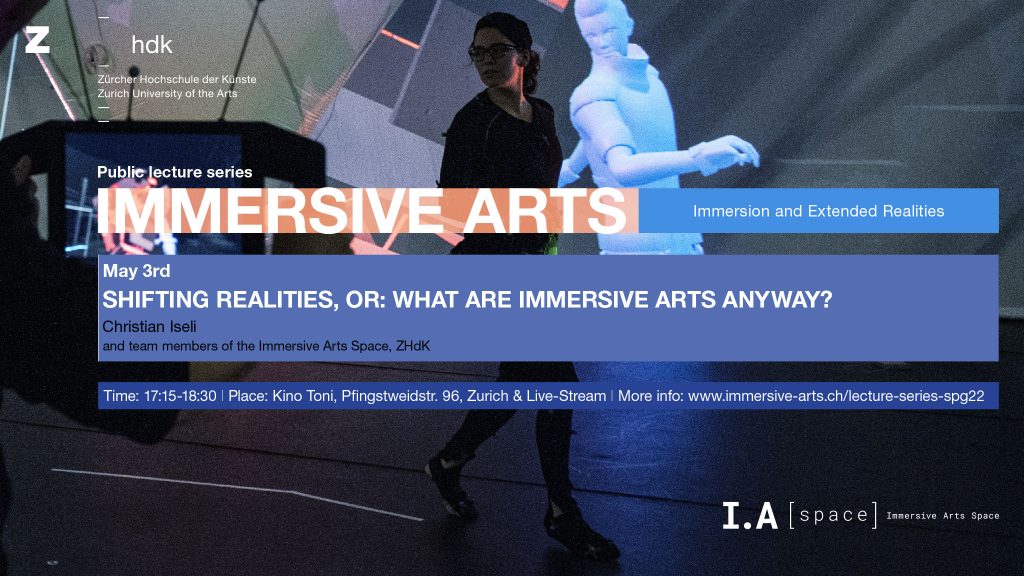
SHIFTING REALITIES, OR: WHAT ARE IMMERSIVE ARTS ANYWAY?
Christian Iseli has been teaching and researching at the Zurich University of the Arts ZHdK since 1995. He holds a professorship for Immersive Arts, heads the Immersive Arts Space and teaches in the MA Film program. After studying history, German and English literature at the University of Bern, Iseli was a director of documentary films and worked in editing and cinematography on feature films and documentaries.
Book Launch: Conflict Minerals INC.
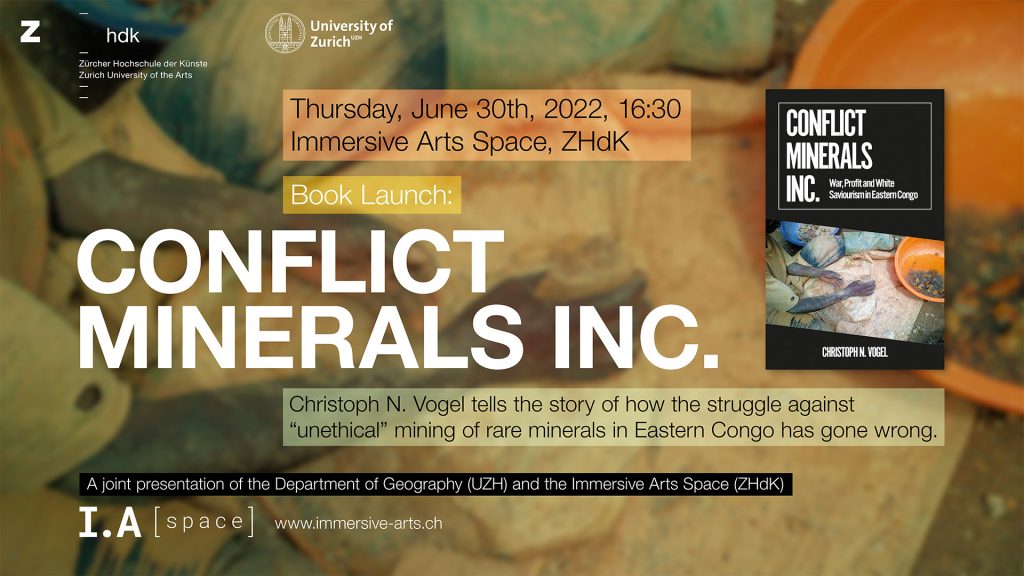
Thursday, June 30th, 2022
The term “conflict minerals” regroups artisanal tin, tantalum (coltan), tungsten and gold originating from war zones in Central Africa. In his book, Christoph N. Vogel tells the story of how well-intended efforts to solve a global problem have led to white-washing and abetting the continued exploitation of Congo’s resource wealth.
Conflict Minerals INC focuses on a topic that is also addressed by a a joint production of the Immersive Arts Space and the Department of Geography of the University of Zurich. The exhibition Kamituga | Digital Gold allows insights behind the shiny surface of the mobile tech industry and invites the visitors to engage with the concrete challenges and living conditions of artisanal gold miners in the region of Kamituga (Democratic Republic of Congo). [more]
Public lecture: Réjane Dreifuss
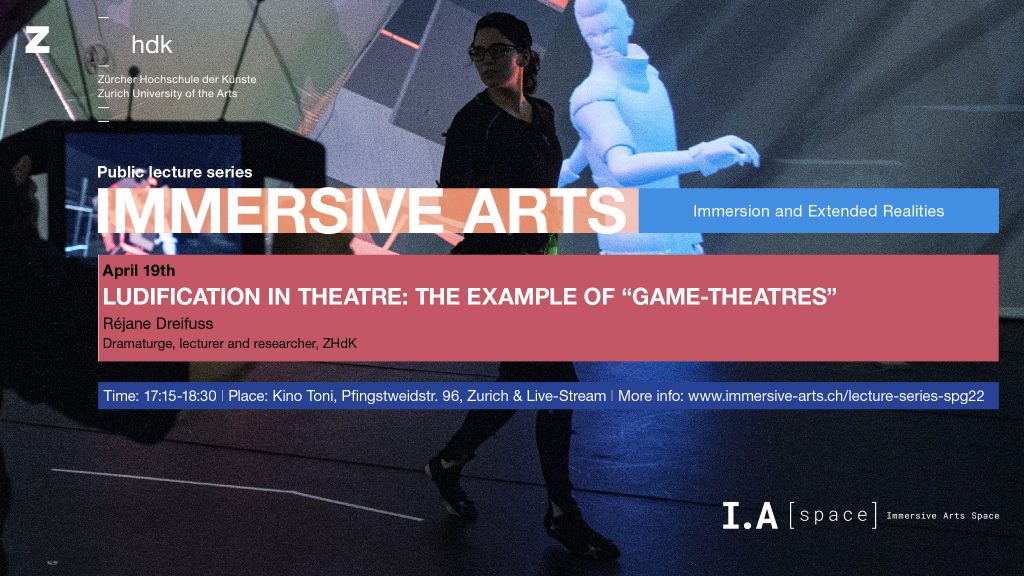
March 22nd, 2022 | 17:15- 18:30h | Cinema Toni, ZHdK | live-stream
LUDIFICATION IN THEATRE: THE EXAMPLE OF “GAME-THEATRES”
Réjane Dreifuss has worked as a dramaturge and project manager for the theatre company sonimage. Together with the author and director Igor Bauersima, she has written and directed theatre plays under the pseudonym Réjane Desvignes, in which digital technologies played a crucial role in the creation of narratives. Since 2016, she has been teaching and researching the influence of digitalization on theater, with a particular focus on the generation of new narrative forms.
Lecture by Takashi Ikegami
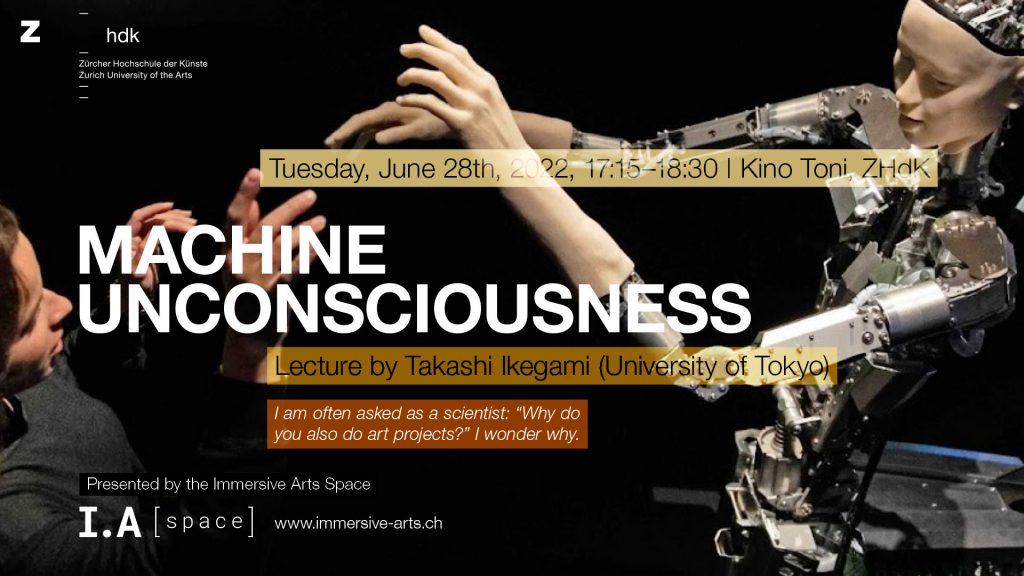
Tuesday, June 28th, 2022 | Kino Toni, ZHdK
Even now, I am often asked as a scientist”Why do you also do art projects? I wonder why. When I do research on complex systems, there is a lot of fascinating data that I can’t reproduce (I forget the initial values and parameters) when I do computer-based simulation experiments. Science is about reproducibility, and if you do it 10 million times, you want the same event to happen 9999 times; if it happens once in 10,000 times, that’s not science, that’s art. I consider that once-in-a-lifetime interest to be art. This talk will introduce a series of works created since 2005 with a range of collaborators including the composer Keiichiro Shibuya, sound artist evala, and photographer Kenshuu Shintsubo, as well as recent works based on a custom designed android called Alter in order to discuss the meaning, possibility and challenges of the intersection between the arts and the sciences.
Takashi Ikegami is Professor in General Systems Science in the Graduate School of Arts and Sciences at The University of Tokyo and principle investigator of the Ikegami Lab. He received his PhD in physics from The University of Tokyoand is internationally known for his contributions to the development of complex systems science and artificial life. Some of his results have been published in Life in Motion (Seidosha, 2007) and Between Man and Machine (Kodansha, 2016). He has also been active 2005 in the arts with works such as “Filmachine” (with Keiichiro Shibuya, YCAM, 2006), “Mind Time Machine” (YCAM, 2010), “Long Good bye” (with Kenshu Shimpo, Japan Alps Festa, 2017), “Offloaded Agency” (Barbican, 2019), among many other.
Kamituga | Digital Gold
Abstract:
Smartphones, tablets and computers do not work without the rare minerals used in their components and gold is one of these precious minerals. Those devices make use of gold as a chemically stable and exceptional conductor for their electronic circuits. About 7% of global gold is used for these technological purposes.
Around 80% of the global labor force involved in gold mining is occupied in so-called artisanal or small-scale mining activities. That is a total of 45 million workers (30% women, 70% men) across 60 countries, mainly in the Southern hemisphere. Despite their significant contributions to major global mineral supply chains, artisanal and small-scale miners are some of the world’s most marginalized workers and their contribution to the global economy garners little attention. Artisanal mining activity typically takes place in rural areas without access to proper health infrastructure and lack of government support, such as Kamituga in Eastern Congo (DRC).
It is estimated that at least 134 million people work in related industries that support artisanal and small-scale mining activities, including small-scale processing, buying and selling, but also restaurants and bars, shops, equipment, and transport facilities.
Kamituga | Digital Gold is a cooperation between the Immersive Arts Space and the Department of Geography, University of Zurich.
www.digital-gold.ch
Planet Digital
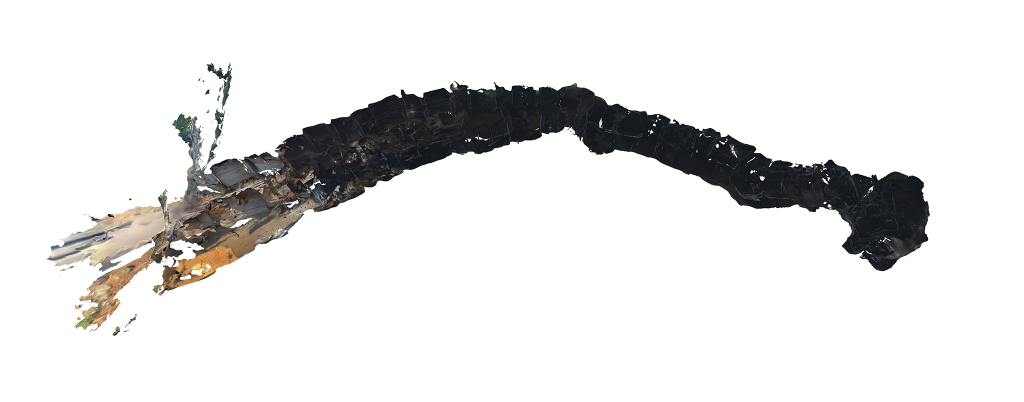
Planet Digital was a curated cooperation between the University of Zurich and Museum für Gestaltung Zürich and made possible by the Digitalization Initiative of the Zurich Higher Education Institutions DIZH and Stiftung Mercator Schweiz.
The exhibition showcased 26 different segments on today`s artistic and scientific state of digitization. The exhibition took place from 11th February to 6th June 2022.
https://www.planetdigital.ch/en/
KAMITUGA | DIGITAL GOLD allowed the visitors insights behind the shiny surface of the mobile tech industry and invited the visitors to engage with the concrete challenges and living conditions of artisanal gold miners in the region of Kamituga (Democratic Republic of Congo).
The starting point for all digitally-based experiences were the photographs, videos and 3D scans that PhD candidate Gabriel Kamundala recorded in Kamituga in the summer of 2021 using a latest-generation smartphone. In this way, a ubiquitous device, itself containing gold and rare minerals, provided insights into the living conditions of artisanal mine workers and, at the same time, drew attention to the many challenges of the mobile tech industry.
Visitors also encountered texts about the global context. With the help of QR codes, they could view supplementary information on their smartphones. Thus, awareness of both how our digitalized lives are dependent on rare minerals and of the problematic interrelation of supply chains in the mobile tech industry was promoted.
Credits:
Chris Elvis Leisi: Interaction Design, 3D Experience
Florian Christoph Bruggisser: Spatial Augmented Reality Engineer£
Mariana Vieira Gruenig: Scenography
Alan Sahin: Video editing, storytelling
Patrycja Pakiela: Sound design
Alfred Borauzima: Additional on location audio recordings
Alliance Riziki Murhula, Edward Wright: Translation, proofreading
Shabnam Chamani, Rino Hosennen: Voice over
Sébastien Schiesser: Chief Technician
Kristina Jungic: Production Manager
Christian Iseli: Project Lead
Zürich meets Berlin
Kamituga | Digital Gold in an adapted version was part of the Festival Zurich meets Berlin. From 3rd to 7th November 2022 projects from ETH, University of Zurich, ZHdK and ZHAW were displayed at the Museum für Naturkunde in the heart of Berlin!
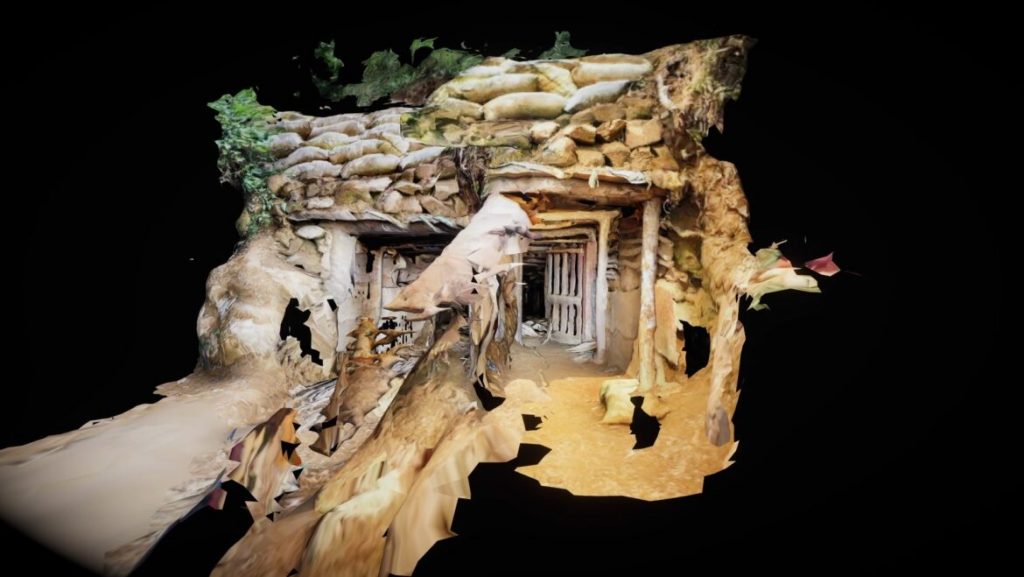
Furthermore, a panel discussion with Gabriel Kamundala (PhD student, Department of Geography UZH) and Florian Bruggisser (Research Associate, ZHdK) hosted by Gayatri Parameswaran (KUSUNDA, NowHere Media) took place on Saturday, November 4th. During the panel the experts gave insights into the creation of the exhibition and try to give outlooks on what can be done to create a more sustainable, more transparent and social chain of trade and consumption.
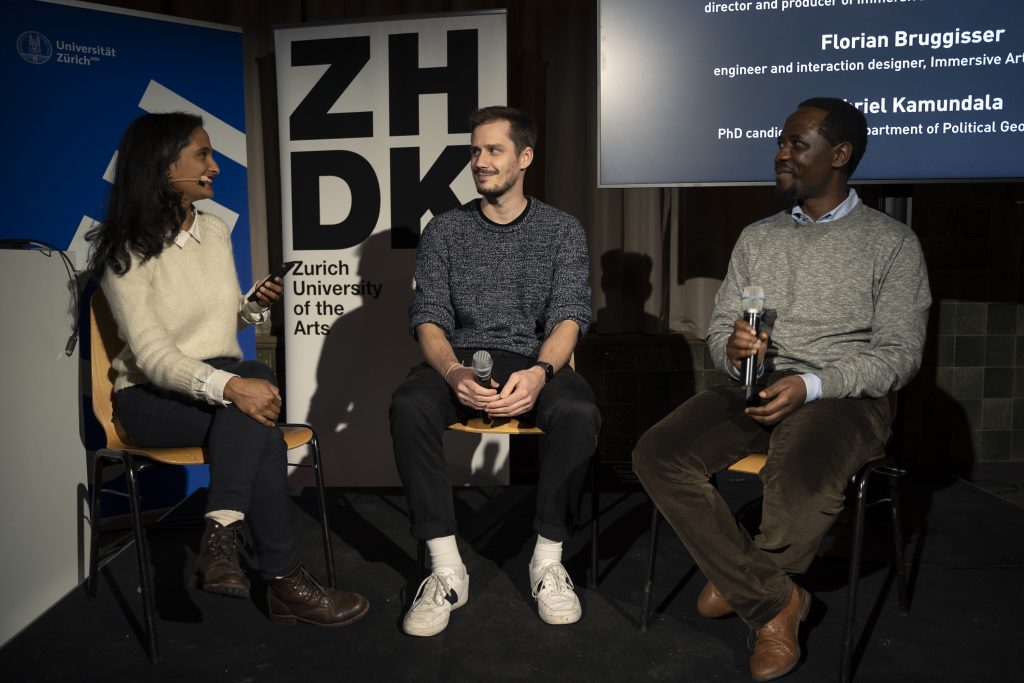
Prague Quadrennial 2023
The Prague Quadrennial (PQ) is an international, renowned festival for scenography, design and art and in 2023 the Immersive Arts Space got the chance to represent Switzerland in the Student Exhibition (SE).
For this occasion we transformed Kamituga | Digital Gold once more into an installation resembling a gold cube. The sculptural walk-through environment acts as a portal (with the help of giant QR codes) to an online interface that allows visitors to follow the concrete stages of gold extraction and its global entanglement with supply chains, from mines to mobile phones.
In this way, a ubiquitous device that itself contains gold and rare minerals provides an insight into the living conditions of artisanal miners, while drawing attention to the many challenges facing the mobile tech industry. The irony of digital gold as an enabler and inhibitor of global privilege is central to the project.
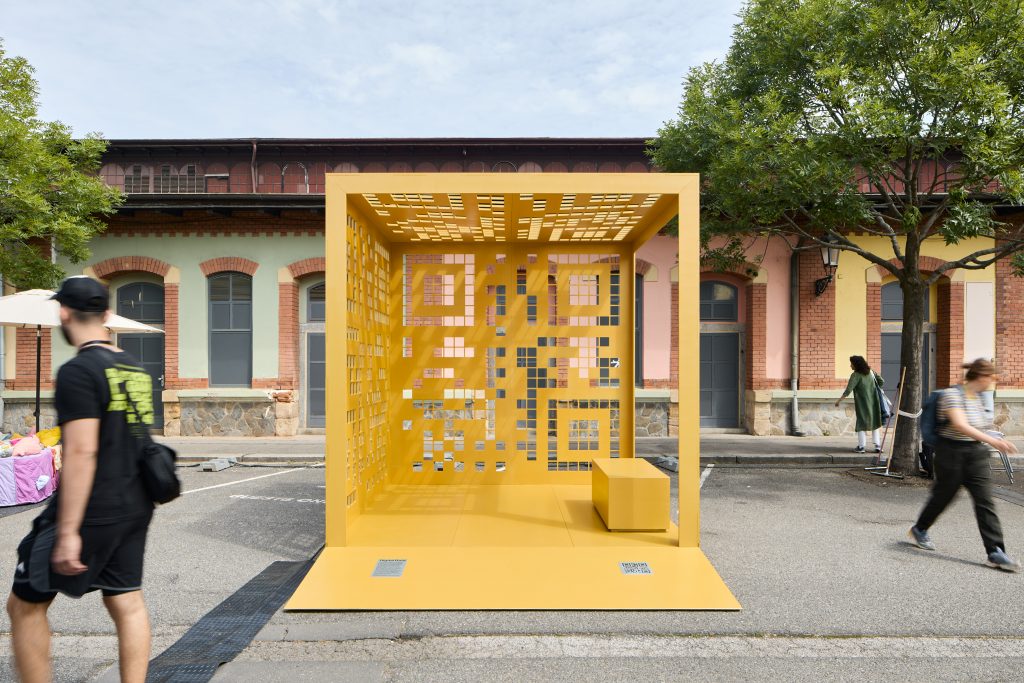
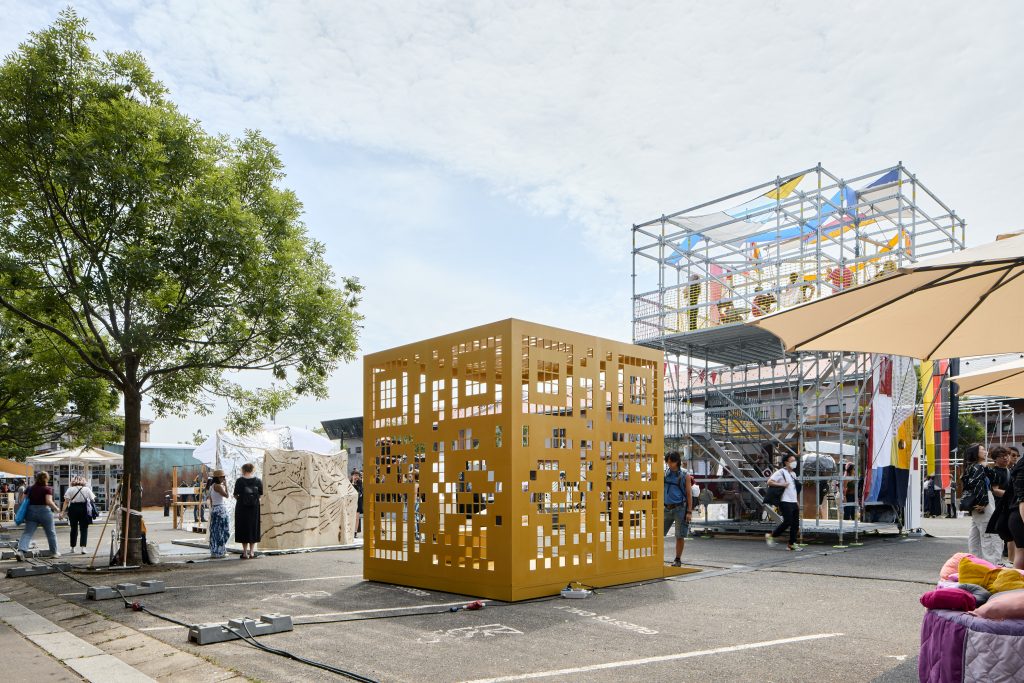
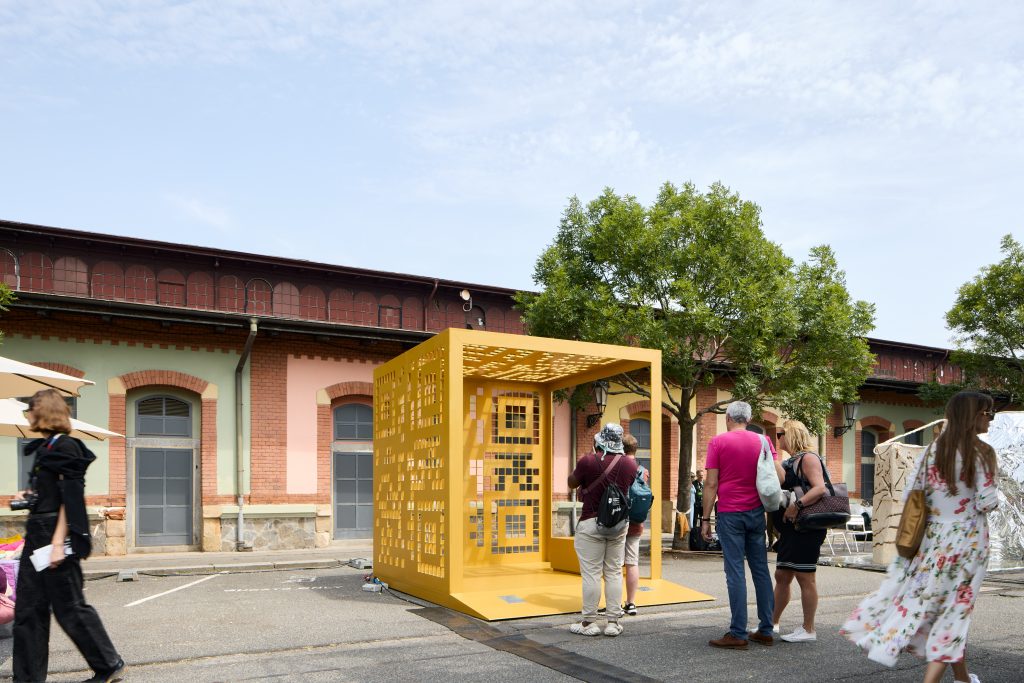
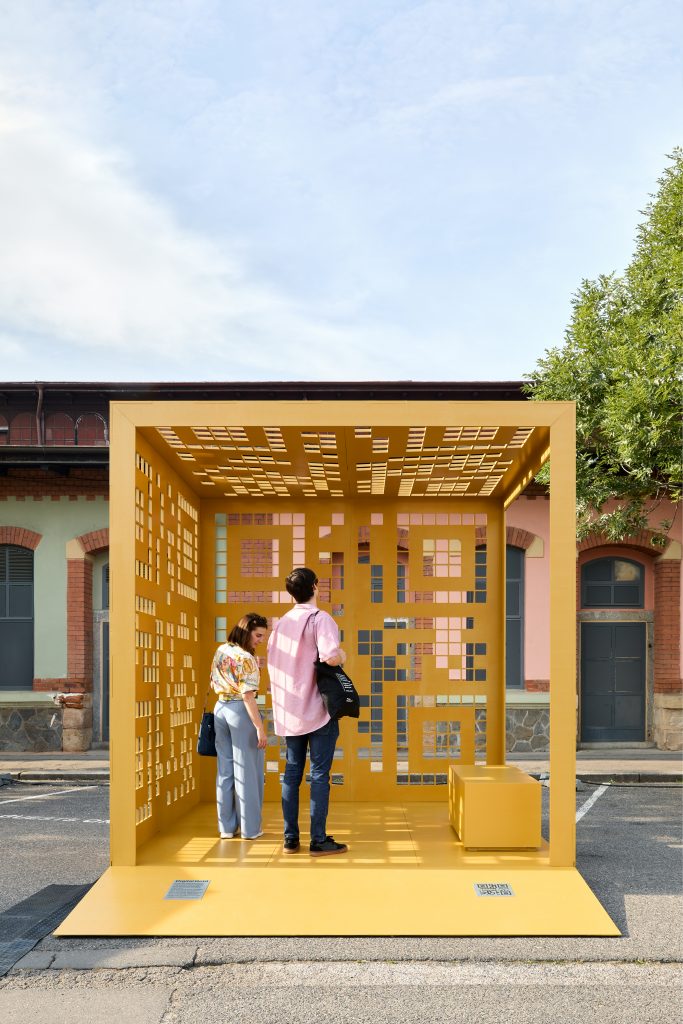
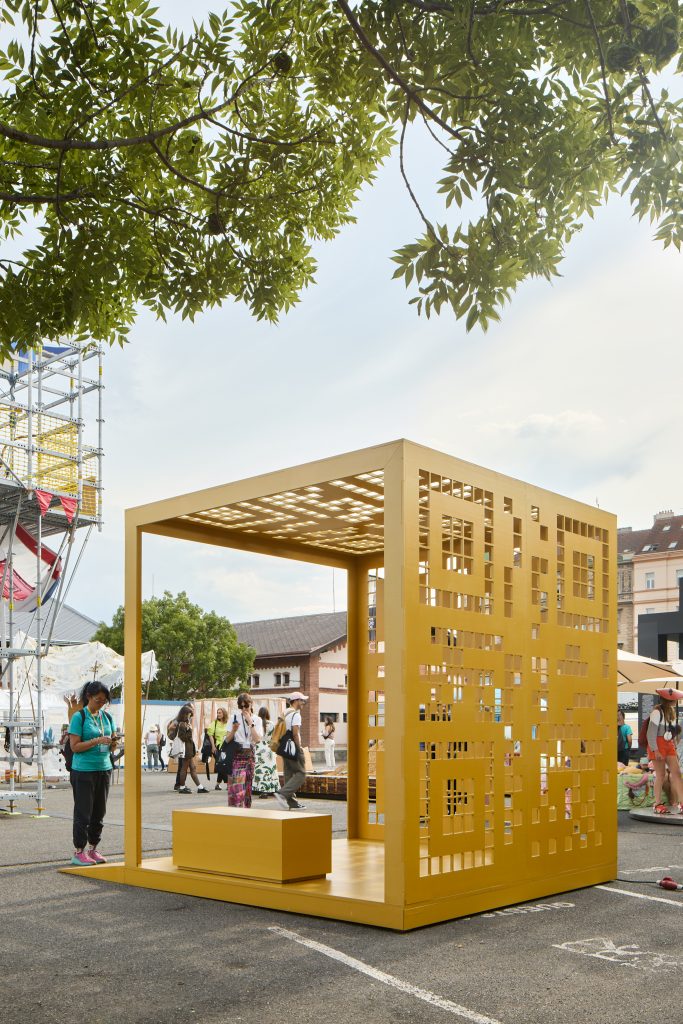
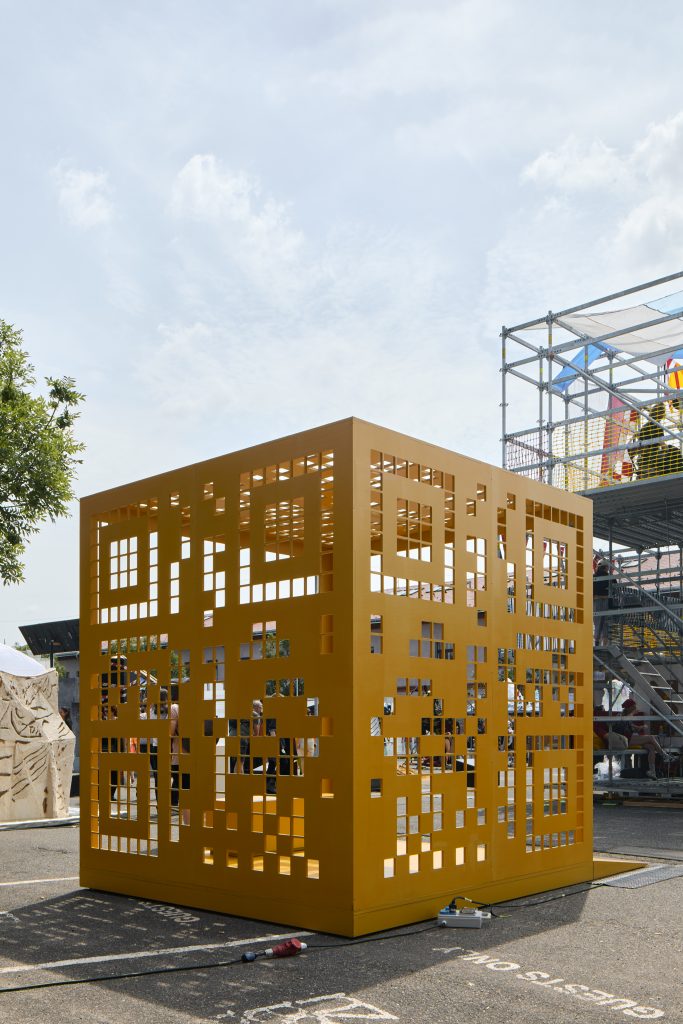
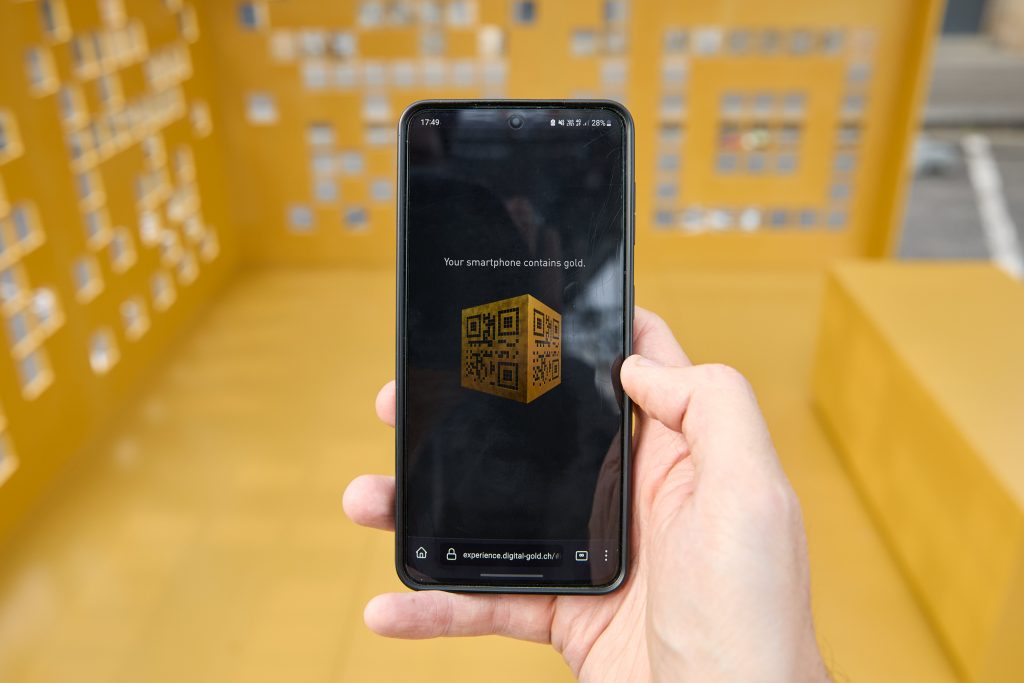
Credits:
Chris Elvis Leisi: Interaction Design, 3D Experience/Immersive Arts Space
Florian Christoph Bruggisser: Spatial Augmented Reality Engineer/Immersive Arts Space
Christian Iseli: Website Integration
Mariana Vieira Miguel Grünig: Scenography
Dominik Fedier: Lead Technician
Sergej Tratar-Baamonde: Head of Technical Production
Kristina Jungic: Production Lead
Chris Salter: Project Lead
Digital Gold VR
Recently, we have developed a virtual version of the original exhibition at the Museum für Gestaltung Zürich. Based on sophisticated scans of the exhibition segment at the museum a transformation from a real into a virtual exhibition was possible. Hereby VR users are able to walk through the exhibition and immerse into the volumetric scans of the mines in Kamituga.
Currently, Gabriel Kamundala is presenting the VR version in the DRC as well as Kamituga itself. By this, the main characters seen in the exhibition get the chance to see and experience we created for themselves.
Public lecture: Christina Zimmermann
March 22nd, 2022 | 17:15- 18:30h | Cinema Toni, ZHdK | live-stream
CHALLENGING THE INDIVIDUAL – PERCEPTUAL CON/FUSIONS IN VIRTUAL REALITY
Christina Zimmermann is an artist/filmmaker and senior researcher at Lucerne University of Applied Arts and Sciences. She also works as a film curator for the Kassel Documentary Film and Video Festival. Her research interests focus on experimental film narration, dramaturgy, theories of perception, and film philosophy.
Immersion and Creative Practices
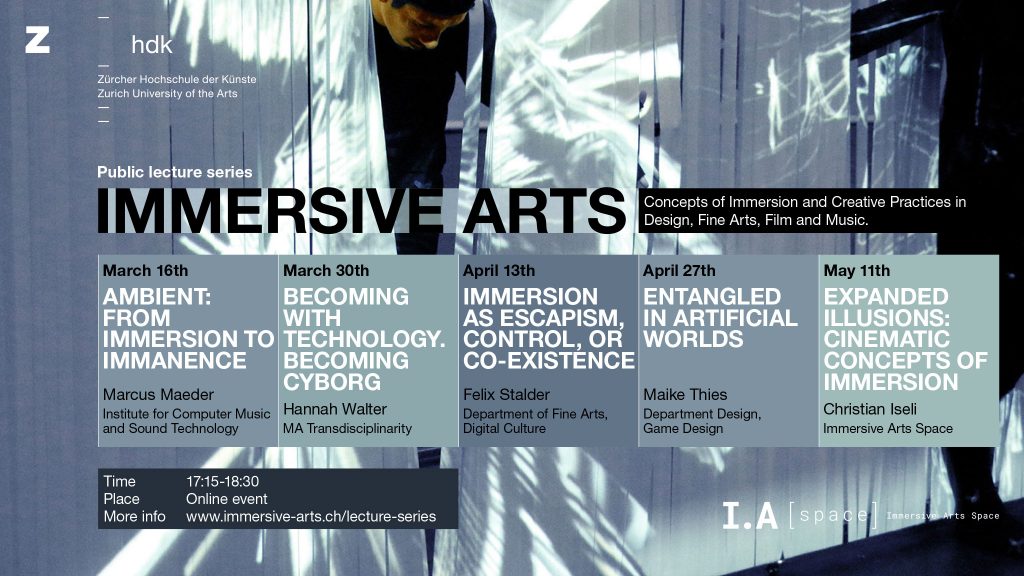
March 16th | Marcus Maeder 17:15- 18:30h
AMBIENT: FROM IMMERSION TO IMMANENCE
April 13th | Felix Stalder | 17:15- 18:30h
IMMERSION AS ESCAPISM, CONTROL, OR CO-EXISTENCE
April 27th | Maike Thies | 17:15- 18:30h
ENTANGLED IN ARTIFICIAL WORLDS
May 4th | Hannah Walter | 17:15-18:30h
BECOMING WITH TECHNOLOGY. BECOMING CYBORG
May 11th | Christian Iseli | 17:15-18:30h
EXPANDED ILLUSIONS: CINEMATIC CONCEPTS OF IMMERSION
AMBIENT: FROM IMMERSION TO IMMANENCE
Marcus Maeder, Institute for Computer Music and Sound Technology
Since its creation by the musician Brian Eno in 1976, the term ambient has undergone significant change. The musical style has developed into a framework of reception and terminology within which computer/digital music as well as visual art are conceived and received. The term ambient opens up a context of artistic and social practices reflecting a reality that is increasingly created by and transported via media technologies. Modern constructions of immanence are examined by using biologist Jakob von Uexküll’s concept of Umwelt, which he postulates as a world-generating context of body, cognition and environment. Accordingly, ambient can be understood as a sort of mimetic ceremony, producing extremely complex yet coherent images of the world. In the talk, a phenomenology of the sounds found in current digital music as well as associations and meanings elicited by them are presented.
Ambient is a compound of spaces in which a reflection of the world takes place, created through artistic, social, geographical and increasingly virtual devices. The idea of space as the expansion of thought, enclosing its infinite movements as an absolute horizon is implied by the concept of immanence proposed by Gilles Deleuze and Félix Guattari. In Ambient, a soundtrack of immanence is created, a polyphonic sound of the environment as we experience it, which makes the world in its diversity imaginable and possible to experience. In this, the possible, the utopian, is constitutive of immanence: Prototypically, experimentally and as a projection, it is created by the participants of a mimetic ceremony, of an ambient situation, by the artists and their audience.
Marcus Maeder is a sound artist, researcher and composer of electronic music. As an author, Maeder has written on a number of topics in the fields of sound art, artistic research and digital media. Maeder studied Fine Arts in Lucerne/Switzerland, Philosophy in Hagen/Germany and currently pursues his PhD in Environmental Systems Science at ETH Zurich. He runs the music label domizil, which he founded in 1996. Maeder has worked as an editor and producer for the Swiss radio station SRF and has been working as a researcher at the Institute for Computer Music and Sound Technology (ICST) of the Zurich University of the Arts ZHdK since 2005. On an invitation by French President François Hollande, Maeder presented his sound art installation/trees: Pinus sylvestris/at the 2015 United Nations Climate Change Conference COP21. In 2017 he presented his installation “Espirito da Floresta” at the Inter-American Development Bank in Washington DC – the same year in which he and Roman Zweifel received an honorable mention for ”treelab” at the STARTS Prize, which was offered by the European Commission at the Ars Electronica Festival in Linz/Austria.
IMMERSION AS ESCAPISM, CONTROL, OR CO-EXISTENCE
Felix Stalder, Department of Fine Arts, Digital Culture
Immersion is not necessarily a technical issue, but rather can be seen as a type of relation to the world. This relation – quite distinct from the “critical distance” championed by enlightenment thinkers – can have three different qualities: escapism, control, or co-existence. Escapism allows one to immerse oneself in an experience that is fully self-contained and aims to have no consequences beyond it. The ride on a rollercoaster would be an example of such an immersion. Control goes two ways: Either immersion allows an actor to control his/her environment to a much higher degree than it would be possible outside the immersion, or, the actor becomes subject to an unprecedented degree of control by those setting the parameters of the environment. Both types of control can, of course, co-exist at the same time, as they do in racing simulators. The third quality of immersive relationship enables the expression of a deeper relationship with an environment, in which the actors exist within a world that is so large and complex that no ‘outside’ view is possible. It expresses a condition of partial, situated experience and action, allowing the experience of mediated immersion to stand for existential co-existence with multiple others itself. Many immersive installations in contemporary art, for example, by Ilja Kabakov or Christoph Büchel, aim to produce this kind of quality.
These different qualities are not mutually exclusive. How all three of them shape the overall quality of the work is a question of the intention driving the design of the immersive situation.
Felix Stalder is professor for Digital Culture in the Department Fine Arts of the Zurich University of the Arts. His work focuses on the intersections of cultural, political and technological dynamics, in particular on commons, control society, copyright and transformation of subjectivity. He not only works as an academic but also as a cultural producer, being a moderator of the mailing list and a member of the World Information Institute as well as the Technopolitics Working Group (both in Vienna). Among his recent publications are «Digital Solidarity» (PML & Mute 2014) and «The Digital Condition» (Polity Press, 2018).
ENTANGLED IN ARTIFICIAL WORLDS
Maike Thies, Department of Design, Game Design
The constant presence of technology in our daily lives triggers our expectations and hunger for immersive experiences. Even established cultural institutions can no longer ignore the fundamental digital shift to stay relevant. Of course, this tendency is not without significant impact on Zurich University of the Arts’ curricula and the creative economy.
Science fiction literature, theatre, films, museums and games, in particular, have shaped our idea about immersion. While it seems that the desire for total immersion and a rush into virtual spheres is increasing on the user’s side, the quality and degree of the immersion cannot live up to the demand. It becomes apparent that an immersive experience cannot be created by technical know-how and state-of-the-art infrastructure alone.
The media artist Ed Atkins once said that “Immersion is not a warm bath”. In my lecture, I would like to follow this thought. By presenting a selection of international artists’ projects I want to highlight the way the arts and design can develop meaningful immersive experiences and call for more interdisciplinary cooperation.
Maike Thies is a research fellow in the field of game design at Zurich University of the Arts. Her research activities focus on interactive theatre, narrative spaces, immersive arts and speculative design. She is interested in the curation and development of interdisciplinary formats, dealing with the potential of digitization for arts and design. On behalf of the Bachelor Design, Maike curates and heads the interdisciplinary lecture series Kein Kino at the Toni Kino, focusing on “new realities and diverse futures”. She is also responsible for REFRESH, an interdisciplinary, international festival initiated by the department of design and the Immersive Arts Space. Maike is a member of Digitalrat ZHdK.
Further information about Maike’s research interests may be found at maikethies.com, refresh.zhdk.ch, and gamedesign.zhdk.ch.
BECOMING WITH TECHNOLOGY. BECOMING CYBORG
Hannah Walter, Department of Cultural Analysis, Transdisciplinary Studies
I coupled myself with a violin,
I charged myself with a battery,
I infused myself with electricity,
I incorporated a machine
ohm-i-am
wired-violin-skin
I become vyborg
We are a creature of reality
We are a creature of fiction
We are a porous corpus caring for capricious circuitry
We create us anew again and again
Here and There
We beam us up into a hole in space
we touch and we breath
we send and receive
we perceive
we repeat we delete
we bend we experiment
we listen we cite
we host we write
we improvise we fantasize
We present
… the practice-based PhD project “Becoming Vyborg. Sonic Cyborg Fictions in Sympoietic Telematic Systems“, which refers to notions of embodiment in relation to technologically mediated environments.
It approaches its research questions in the framework of the research group of the SNFS-funded project “Dis/continuities in Telematic Space” which focuses on spatial and bodily interactions between remote stages.
„By the late twentieth century, our time, a mythic time, we are all chimeras, theorized and fabricated hybrids of machine and organism; in short, we are cyborgs.“ (Haraway, Donna. 1991. “A Cyborg Manifesto”)
We investigate
… immersion through the figuration of the “cyborg”.
Hannah Walter is a violinist/violist. She is becoming a vyborg.
HannaH holds numerous scholarships and has won prizes at national and international competitions. She is a founding member and the artistic director of the transdisciplinary Collective Mycelium. In their productions they experiment with collective working processes and new concert formats.
Currently HannaH works as an academic assistant in the Master in Transdisciplinarity and as doctoral student in the SNFS-funded project “Dis/continuities in Telematic Space” and the Research Focus Transdisciplinarity of the Zurich University of the Arts.
EXPANDED ILLUSIONS: CINEMATIC CONCEPTS OF IMMERSION
Christian Iseli, Immersive Arts Space
Since the 1990s, the term immersion has been primarily used in connection with game theory, virtual reality and other technology-supported art forms. Yet it also refers to a long tradition in art history of creating illusions. As manufacturers of illusions and dreams, the producers of films have continually aimed to improve the immersive quality of cinema for their audiences.
Larger screens, stereoscopic 3D-images, surround sound and sensory experiences with shaking chairs or odors were commercially oriented but short lived extravagances of the analog era. Experimental filmmakers also sought to perfect the illusionist quality of their craft. Under the term Expanded Cinema, they fostered ideas of spatial narration and holographic representation. Later, digitalization brought along a whole range of innovations: the rebirth of stereoscopic 3D, higher frame rates, high dynamic range and 3D audio all fed into a new era, advertised as immersive cinema. In recent years, practically all international festivals have introduced sections for virtual or mixed reality experiences. Even though these emerging formats necessitate different ways of storytelling, they promise to bring Andre Bazin’s idea of ‘total cinema’ to reality.
Christian Iseli has been teaching and researching at the Zurich University of the Arts ZHdK since 1995. He holds a professorship for Immersive Arts, heads the Immersive Arts Space and teaches in the MA Film program. After studying history, German and English literature at the University of Bern, Iseli was a director of documentary films and worked in editing and cinematography on feature films and documentaries.
Public lecture: Matthias Vollmer
March 8th, 2022 | 17:15- 18:30h | Cinema Toni, ZHdK | live-stream
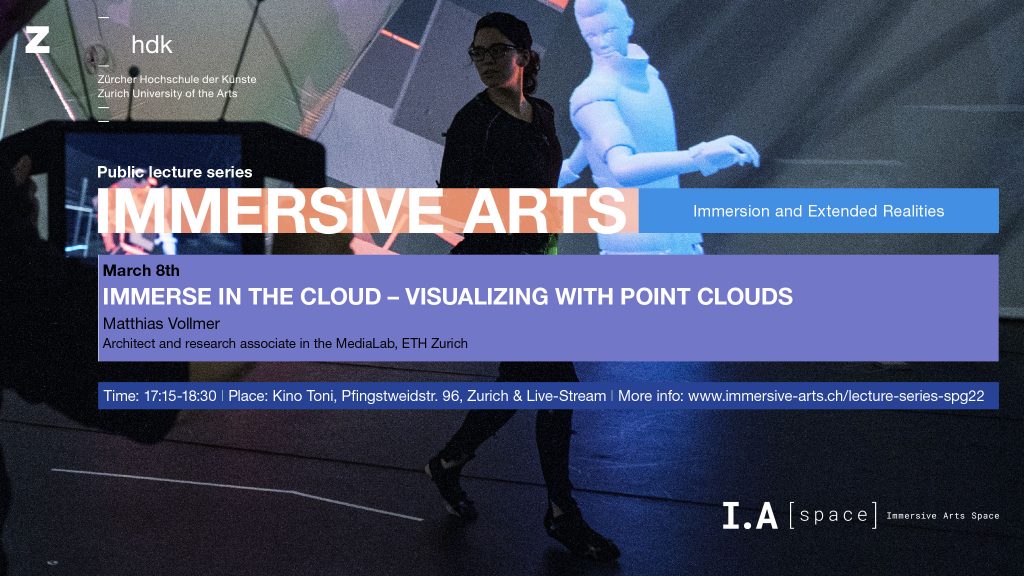
IMMERSE IN THE CLOUD – VISUALIZING WITH POINT CLOUDS
Matthias Vollmer is an architect and research associate in the MediaLab at the ETH Zurich. After completing his degree in film studies at the Zurich University of Arts (ZHdK), he pursued a bachelor’s and master’s degree in architecture at the ETH. His research examines the relationship between architecture and landscape through visual media, including laser scan technology, film and analog photography.
